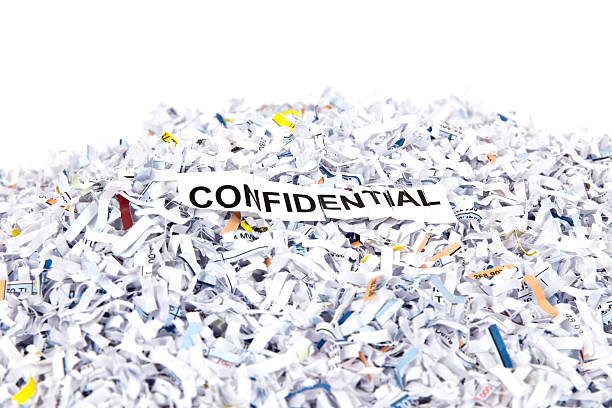
For companies and organizations handling sensitive data, properly destroying records is a legal obligation and ethical responsibility. Failing to comply with document destruction regulations can result in steep fines and reputational damage. Understanding the various laws and standards around information security is key for shredding compliance.
Why Shredding And Record Destruction Regulations Exist?
Regulators recognize the importance of preserving privacy and preventing fraud by mandating secure document disposal. Some key motivations behind shredding rules include:
- Preventing identity theft – Disposing of records with personal information like social security numbers improperly can enable identity theft.
- Avoiding data breaches – Shredding services in Houston helps protect corporations from data leaks, network intrusions and cyber attacks stemming from unsecured documents.
- Limiting corporate espionage – Proper document destruction protects proprietary data and trade secrets from being stolen by competitors.
- Complying with privacy laws – Regulations like HIPAA govern health data privacy while GLBA covers financial information security.
By following shredding requirements, organizations reduce risk and build customer trust.
Understanding Compliance Standards And Certifications
Several bodies provide standards and certifications that apply to document shredding:
NAID Certification
The National Association for Information Destruction offers certification of shredding companies. NAID’s standards cover security, hiring practices, process validation and insurance requirements. Many laws expressly require using NAID certified vendors.
PCI DSS
The Payment Card Industry Data Security Standard applies to any organization handling credit card data. PCI DSS requires cross-cut shredding and has specific document storage and destruction stipulations.
HIPAA
Healthcare entities must comply with the Health Insurance Portability and Accountability Act, which mandates data privacy protections including shredding patient records.
Gramm-Leach-Bliley Act (GLBA)
Financial institutions must adhere to GLBA safeguards on customer data confidentiality. Secure document destruction protocols are necessary for GLBA compliance.
Key Laws And Regulations On Record Keeping And Destruction
- Fair and Accurate Credit Transactions Act (FACTA) – Governs proper disposal of financial and credit information.
- Sarbanes-Oxley Act (SOX) – Sets retention rules for business records and financial documents.
- Health Information Technology for Economic and Clinical Health Act (HITECH Act) – Expands HIPAA into electronic records and data destruction requirements.
Strategies For Managing Shredding And Compliance
- Perform regular risk assessments to identify regulated data types and high-risk documents.
- Develop clearly defined document retention schedules and destruction policies.
- Maintain destruction logs and certificates of shredding completion.
- Train staff on proper document sorting, handling and disposal procedures.
- Work only with certified secure shredding vendors who can validate that materials are completely destroyed.
The Role of Shredding And Record Destruction
In today’s data-driven world, properly destroying records plays a critical role in protecting privacy, safeguarding information, and maintaining compliance. Some key responsibilities of shredding and record destruction include:
Preventing Identity Theft
One of the main reasons shredding is important is to prevent identity theft. Sensitive documents like bank statements, tax forms, and medical records often contain personal information like social security numbers, signatures, and financial data. Improperly discarding paperwork makes it easy for dumpster divers and other bad actors to steal identities. Proper shredding destroys the legibility of sensitive information.
Protecting Corporate Data
For businesses, shredding services are vital for protecting trade secrets, intellectual property, client data, and other proprietary information. Records containing confidential business intelligence, plans, or processes require secure destruction to avoid competitors or hackers from stealing data.
Maintaining Regulatory Compliance
Major regulations like HIPAA and GLBA mandate that certain documents be securely shredded to safeguard privacy. Proper disposal protocols are necessary for organizations to comply with retention rules and privacy laws. Keeping proof of shredding also documents due diligence.
Supporting Records Management
Setting document retention schedules and systematically destroying records enables effective data and records management. Regular shredding clears out dated files and creates space for current documents.
Minimizing Security Risks
Keeping excess paper records poses information security risks, especially if documents contain sensitive data. Prompt and secure shredding limits vulnerability to breaches, theft, unauthorized access, and other threats that arise from improperly stored confidential documents.
By fulfilling these vital functions, shredding and record destruction services promote privacy, minimize risk, save space, and support compliance. Professional shredding is a key pillar of a sound data protection strategy.
Final Words
Maintaining shredding compliance reduces risk exposure and helps build consumer trust. By being aware of relevant regulations and partnering with certified shredding providers, businesses can easily incorporate sound document destruction practices. Records management teams should regularly review compliance needs and have clear policies in place.

